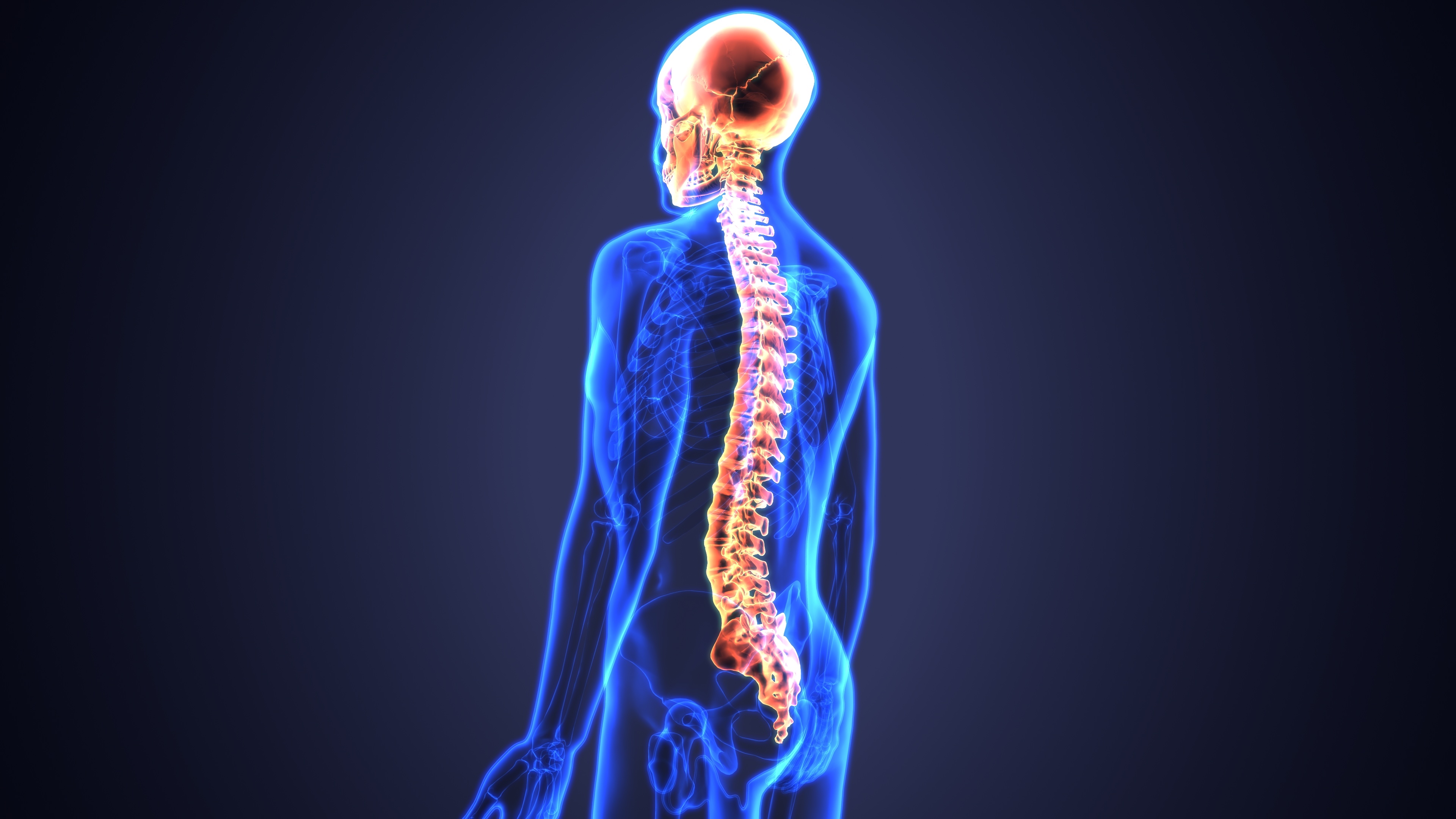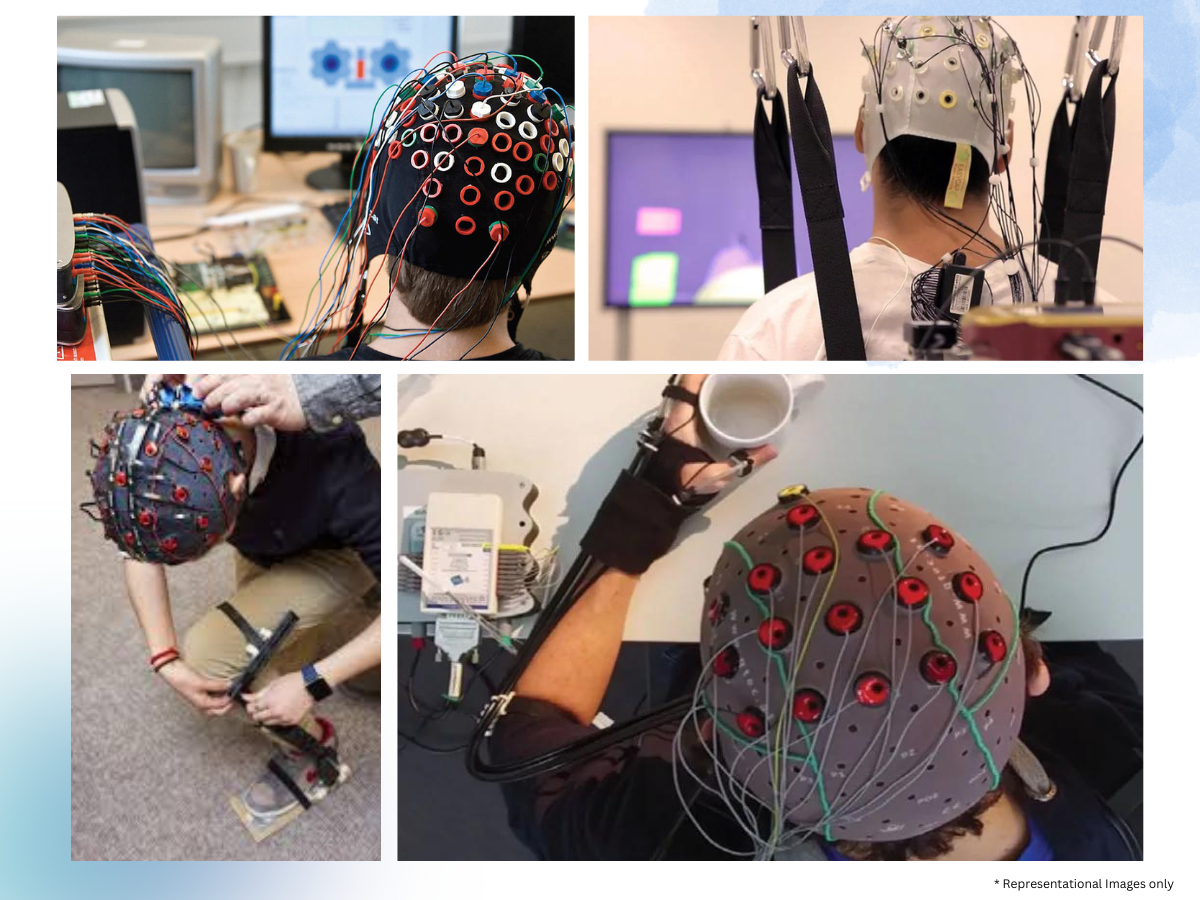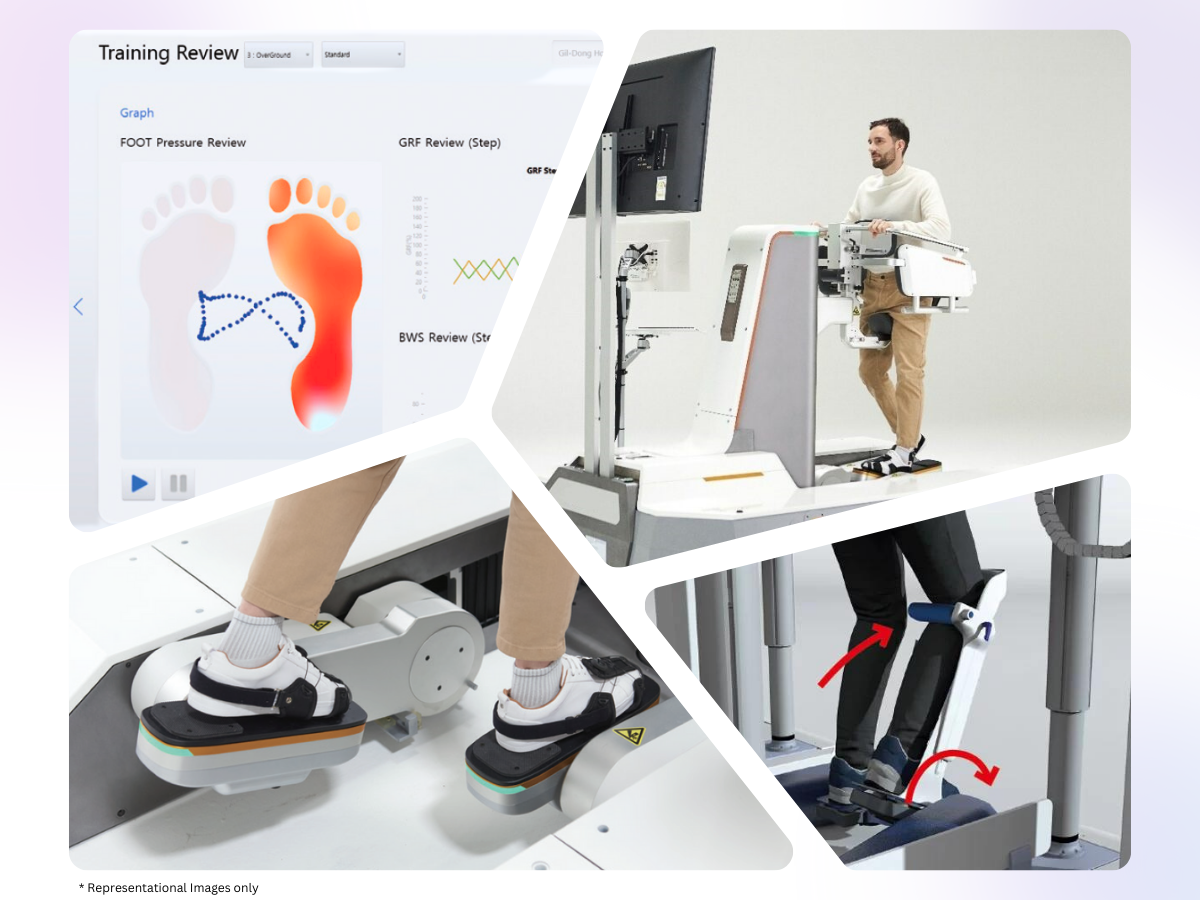VIKA Innovative Research Lab
Shaping Tomorrow, Illuminating the Future
What We Do?
Ground-breaking Translational Research & Technological Advancements
benefitting the Differently-Abled Community
Intellectual Disability
Neurodevelopmental Disorders resulting in Cognitive & Behavioral Deficits
Spinal Cord Injury
Traumatic damage that causes severe sensory and motor impairment
Visually Challenged
Complete or partial loss of vision, impacting daily life activities
Our Specialities
What makes us stand apart?
World-Class Research
Cutting-edge in-house R&D facility leading global innovation and advancement
Multidisciplinary Collaboration
Transforming lives by an interdisciplinary team of experts from neuroscience to artificial intelligence
Patient-Centric Innovation
Individually customizable assistive technologies for the special-needs fraternity
Our Uniqueness
Pioneering Cutting-Edge Research on SCI Recovery & Rehabilitation in India
VIKA Innovative Research Lab is the core research wing of VIKA Park with an interdisciplinary team of experts spanning from neuroscience to artificial intelligence. As pioneers in AI-powered assistive devices and sophisticated rehabilitation technologies for spinal cord injury recovery in India, our uniqueness lies being a state-of-the-art research laboratory operating under the same roof as a dedicated Spinal Cord Injury Rehabilitation Hospital. This proximity enables seamless translation of cutting-edge research into practical applications, providing immediate patient benefits.
Our commitment to individual customization ensures that each patient's unique needs are met. The patient-centric design of our brain-controlled neuroprosthetics enhances the recovery process by promoting patient involvement and encouraging natural walking patterns.
Our Research Focus
Leveraging Technology on the Different Dimensions of Disabilities
We've spent years in understanding and analysing the diverse & unique requirements of the special-needs fraternity. Our fundamental concept is to put the differently-abled people in their very own comfort zone, and cater intricately tailored AI solutions that becomes a turnkey in empowering their walk of life.
Our R&D doesn't conclude in building prototypes, for we are perpetually determined to bring about a meaningful impact on our end-users, their families, and ultimately a global impact!
See Our WorkAI-based Therapy for Cognitive Enhancement
Improving cognitive functions through personalized, adaptive interventions
Novel Replacement for the Braille Method
Integrating reading access to print, handwritten as well as communication in any medium
AI-powered Devices for SCI Recovery
Converting Wheelprints back to Footprints, through tech-driven approach
Intelligent Prosthesis for Upper & Lower Limbs
Restoring functionality and mobility with technology that understands human intentions

Unveiling the Future: Our Pioneering Neuroprosthesis
Cutting-Edge Multidisciplinary Research towards Recovery after Spinal Cord Injury
Project
Wearable Lightweight Robotic Exoskeleton Promoting Independent Active Walking in SCI Patients

Tracks Muscle Activity in Real-time
Enhanced movement control through precise muscle activity monitoring and optimal adjustment
Gait and Foot Pressure Pattern Analysis
Insights on abnormalities and assymmetries, enabling targeted interventions for better mobility and balance
Active Rehabilitation through Improved Patient Involment
Stimulating neural pathways to promote neuroplasticity for motor relearning and functional recovery
Project
Decoding Motor Intentions from Non-invasive Cortical Recordings of Spinal Cord Injury Patients for Enhanced Active Rehabilitation Protocol

A spinal cord injury (SCI) disrupts vital neuronal pathways essential for communication between the brain and spinal cord, leading to permanent paralysis. Non-invasive cortical recordings, such as electroencephalography (EEG), offer unique insights into the brain's activity patterns during motor tasks. By analysing the motor intention parameters from multiple modalities of benchmarked healthy paticipants and spinal cord injured patients shall allow a higher level of diagnosis of individual impairments in the motor pathways. The patient shall be prompted with intuition-driven visual stimulation through Virtual Reality, that trigger motor intentions in their brain. Our Artificial Intelligence algorithms shall detect and interpret neural signals associated with motor intentions, that shall be fed to the end-effector-based gait and motor rehabilitation devices and neuroprosthetic equipments to ensure an intelligent and real-time active and semi-active rehabilitation protocol for the SCI patients.
We pioneer such sophisticated technology indigenized India, thereby paving the way for novel applications in assistive technology, rehabilitation, and customized neuroprosthetics of Spinal Cord Injury Patients at affordable costs.
Project
End-Effector-Based Smart Gait Trainer for Spinal Cord Injury Rehabilitation Facilitating Multiple Modes of Walking & Real-time Analysis

Our End-Effector-Based Smart Gait Trainer is an innovative rehabilitation device designed to assist spinal cord injury patients in regaining mobility. This advanced trainer supports multiple modes of walking, including stride, glide, and climbing uphill and downhill, providing a comprehensive workout that mimics real-world conditions. Unlike typical physiotherapy programmes, which usually involve around 200 steps per session, this sophisticated device allows patients to achieve up to 1500 steps per session, significantly enhancing the rehabilitation process. The device is equipped with real-time analysis capabilities, monitoring foot movements and pressure distribution to ensure precise feedback and adjustments. This allows for tailored rehabilitation sessions that adapt to the patient's progress, enhancing recovery outcomes. This innovative device simplifies the therapist's role, offering easy operation and reducing the physical demands on the therapist.
The gait trainer's end-effector design ensures smooth, controlled movements, promoting natural walking patterns. By integrating these features, the device not only aids in physical rehabilitation but also offers detailed insights into the patient's gait mechanics, facilitating a more effective and personalized therapy plan. This technology represents a significant step forward in spinal cord injury rehabilitation, offering hope and improved mobility to those affected.
